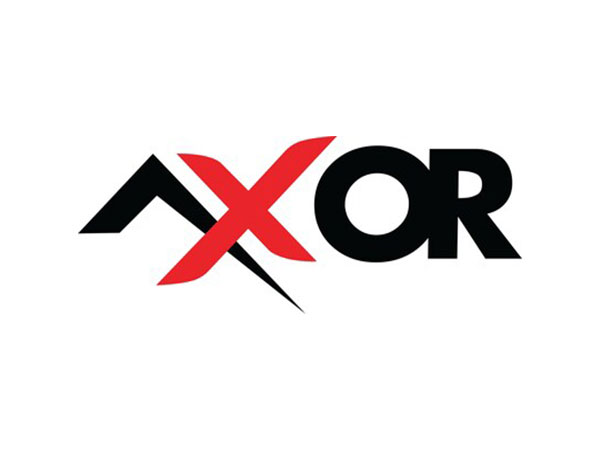
Vietnam stands out in America's supply chain transformation
Mar 10, 2023
PhuQuoc [Vietnam], March 10: A recent analysis shows that Vietnam is accounting for a large proportion of US imports as it shifts its supply chain.
The Brookings Institution (USA) recently published an analysis of the supply chain transformation that the US has carried out over the years.
Both inland and "near-shore" are limited
According to the above analysis, moving manufacturing operations back to the US has become a focus of the policy of both US President Joe Biden
The White House has implemented a number of laws to restrict exports. Since 2018, under President Trump, the government has implemented many protectionist policies for steel and aluminum and imposed high tariffs on about half of the goods this country imports from China. Since then, time has been long enough to evaluate the effectiveness of these measures.
According to official statistics, US manufacturing output by mid-2022 will only increase by 4% compared to 10 years earlier. This increase is so low that US manufacturing output is almost unchanged. During the Covid-19 period, output dropped at times but recovered. So, even though the United States no longer imports energy as significantly as it did decades ago, the United States still has a high trade deficit. In 2022, the US trade deficit will reach nearly $950 billion.
In addition, the US internally also refers to the term "nearshore" to refer to the transfer of some manufacturing activities from Asia back to neighboring economies such as Mexico and Canada .
For many years, Mexico and Canada both had a high share of the amount of goods imported into the US, but the share was almost unchanged for many years. From 2015 to 2021, including Mexico and Canada, accounted for about 26% of the total amount of goods imported into the US. Canada is a high-wage economy, so it is not well suited to produce many of the products that the US imports from Asia. Mexico is a developing country with low wages, but the unstable investment environment makes it difficult for American businesses to expand production in Mexico.
Vietnam's exports account for a large proportion
Meanwhile, the US's imposition of tariffs on Chinese goods does not significantly change the total value of goods that China exports to the US. But the share of Chinese goods
The US has shifted imports of many products to a number of Southeast Asian countries, especially products such as semiconductor components or telecommunications equipment. The research report stated that while the share of Chinese goods in US imports decreased, the proportion of goods from other countries in Asia, including Vietnam, increased similarly (up 4 percentage points from 2018). - 2021). This increase comes from a number of items such as toys, sports equipment, furniture and mobile phones. And a particularly large increase was recorded in 3 product lines: computer accessories, semiconductor components and telecommunications equipment.
Notably, research published by Brookings shows that the supply chain for the US market has shifted from China to many Southeast Asian countries, notably Vietnam. Typically, the US imposed high tariffs on Chinese solar energy products in 2012, causing China's solar panel exports to the US to be reduced to almost zero, the number of of this item because Southeast Asia's exports to the US have skyrocketed, and Vietnam is one of the main suppliers.
However, analysis published by the Brookings Institution shows that although Vietnam has many advantages to increase exports to the US, it also needs improvement in some areas to continue to expand its role in the supply chain. , especially high-tech chains.
From 2018 to 2022, export turnover from Vietnam to the US increased by more than 130%, from 47.5 billion USD to 109.4 billion USD.
Source: ThanhNien Newspaper









